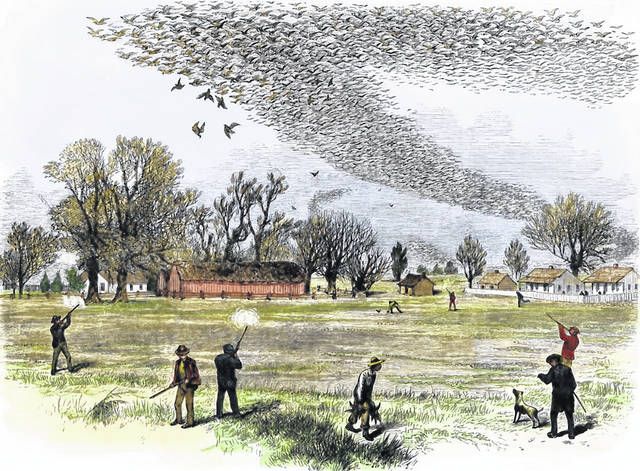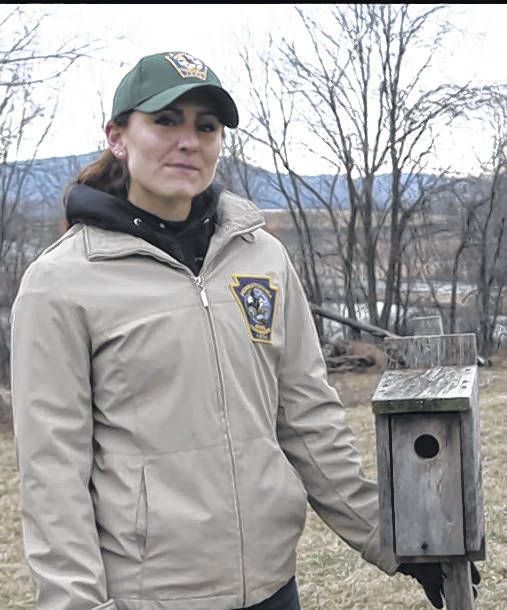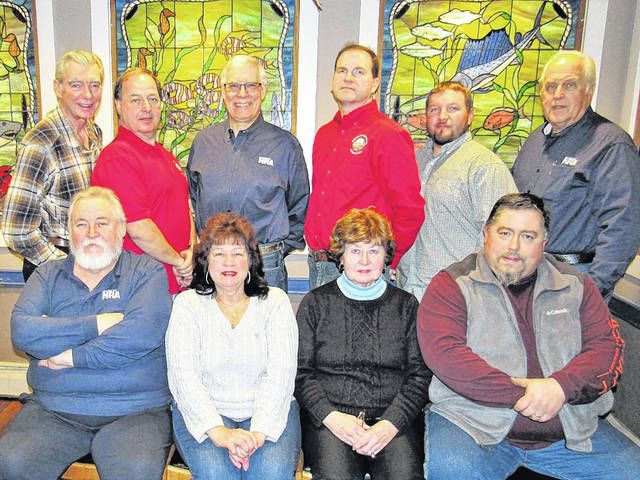Click here to subscribe today or Login.
Biologist Patricia Barber is getting a bit overwhelmed.
But in a good way.
As an endangered species biologist with the Pennsylvania Game Commission, Barber works with the state’s eagle population, and lately it’s been a challenge to keep up.
Since the bald eagle was removed from the state’s list of threatened species, Barber said the majestic raptors have continued to increase. Nesting pairs have established territories in new areas and also near established nest sites.
To keep up with the growth of the population, Barber is asking the public to report nest sites and data on a survey map.
“We’re still getting lots of new nest reports and there are plenty of places for them to expand,” Barber said. “In the recent past we had all of this habitat and not enough birds to fill it.”
The survey map had already been in use by Game Commission staff and was made available to the public last week. The map was designed to make reporting nest data easy and convenient, Barber said.
Reports can even be made with a smartphone at the location where the nest is found.
The only data needed for a report is the person’s name and contact information, observation date, behavior observed and number of nestlings. That information will be kept private, Barber said, and the location will be marked on the map.
Barber estimates there are more than 300 nests in the state with more likely to be reported.
One indicator that the eagle population is growing is the fact that more new nests are being located closer to existing ones, sometimes within a quarter-mile.
“As long as there’s enough food and trees to support them, the birds will pack in,” Barber said. “In parts of the state the population is maturing, and that means the young birds have to use less-than-ideal habitat to nest or wait for an older bird to die.”
In the northeast, eagle numbers are soaring thanks to the presence of the Susquehanna and Delaware rivers, plus a multitude of ponds and lakes.
Eagles are a water-centric bird, Barber said, and as lakes and rivers become cleaner fish populations become more abundant, which helps eagles thrive.
Today, eagle nests are showing up not only along large lakes and rivers but smaller bodies of water as well.
“Before the population started doing so well I would’ve never predicted that eagles would show up along creeks, some of which are as wide as a road,” Barber said. “But those birds are doing very well.”
While bald eagles are faring well in Pennsylvania, Barber cautioned that threats still persist.
Lead poisoning is a big issue as eagles become sick and even die after ingesting prey laden with lead.
Habitat is another critical factor.
“The habitat can be manipulated so quickly that we always have to be watchful. That’s true with all wildlife,” she said.
While the survey map reveals locations of nest sites, Barber said, she’s not as concerned that it could impact the eagles. While the bird is no longer on the threatened list, it is still afforded protection under the Bald and Golden Eagle Protection Act.
Besides, Barber believes that a degree of transparency with eagle nests allows people to become engaged.
“The best protection for eagle nests is to have people that care about them,” she said. “If we hide them all, we’ll be separating people from them. We want people to be attached to these nests and we want to keep society engaged with eagles.”








